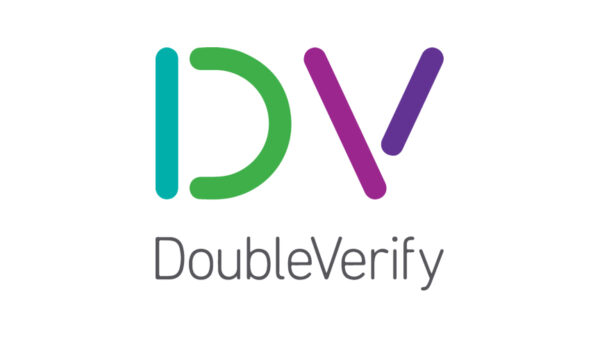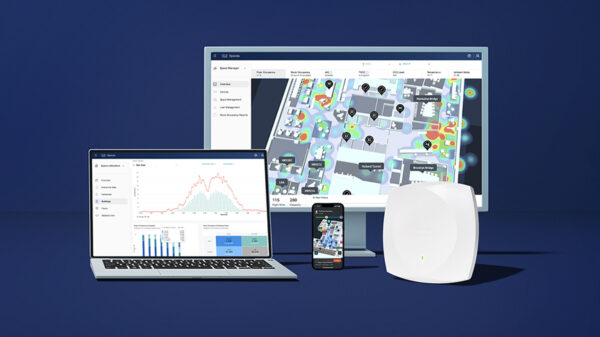An enterprise whose IT infrastructure has been attacked would need an average of US$551,000 to recover from a security breach, while small and medium sized businesses would need to spend $38,000, according to a new global report released by Kaspersky Lab and conducted in cooperation with B2B International in 2015.
The survey reveals the most expensive types of security breaches are employee fraud, cyber espionage, network intrusion and the failure of third party suppliers.
Averaging the variety
A serious breach of IT security systems leads to many business issues. With damage being so diverse, it’s sometimes hard for the victims themselves to estimate the total cost of a breach. The methods used for this survey relied on data from previous years to pinpoint areas where companies have to spend money following a breach, or lose money as a result of a breach. Typically, businesses have to spend more on professional services (such as external IT experts, lawyers, consultants, etc.) and earn less, thanks to lost business opportunities and downtime.
The probability of each separate consequence also varies and has to be taken into account, along with the size of the company. A similar method was used to estimate indirect spend: the budget businesses allocate after the recovery, which is connected to a security breach.
On top of the aforementioned figures, businesses typically pay from $8,000 (SMBs) to $69,000 (enterprises) on staffing, training and infrastructure upgrades.
Here’s how an average breached enterprise bill would look like:
• Professional services (IT, risk management, lawyers): up to $84,000 with a probability of 88%
• Lost business opportunities: up to $203,000, 29%
• Downtime: up to $1.4 million, 30%
• Total average: $551,000
• Indirect spend: up to $69,000
• Including reputation damage: up to $204,750
SMBs and enterprises: different ways to suffer
Nine out of ten companies that took part in the survey reported at least one security incident. However, not all incidents are serious and/or lead to the loss of sensitive data.
Most frequently, a serious security breach is the result of a malware attack, phishing, leaks of data by employees and exploited vulnerable software. Cost estimation provides a new look at the severity of IT security incidents and the outlook for SMBs and enterprises differs.
Large companies pay significantly more when a security breach is the result of a trusted third party failure. Other expensive types of breaches include fraud by employees, cyber espionage and network intrusion.
SMBs tend to lose a significant amount of money on almost all types of breaches, paying a similar high price on recovering from acts of espionage, as well as DDoS and phishing attacks.
“We have not seen a lot of reports on the consequences of IT security breaches, estimating a loss in real money. It is hard to come up with a reliable method of producing an average, but we understood that we had to do it, to bridge the theory of the corporate threat landscape with business practice. As a result, we have a list of corporate threats that caused the most significant damage – the ones we believe businesses should pay the utmost attention to,” commented Brian Burke, Head of Market Intelligence Team, Kaspersky Lab.












































































































